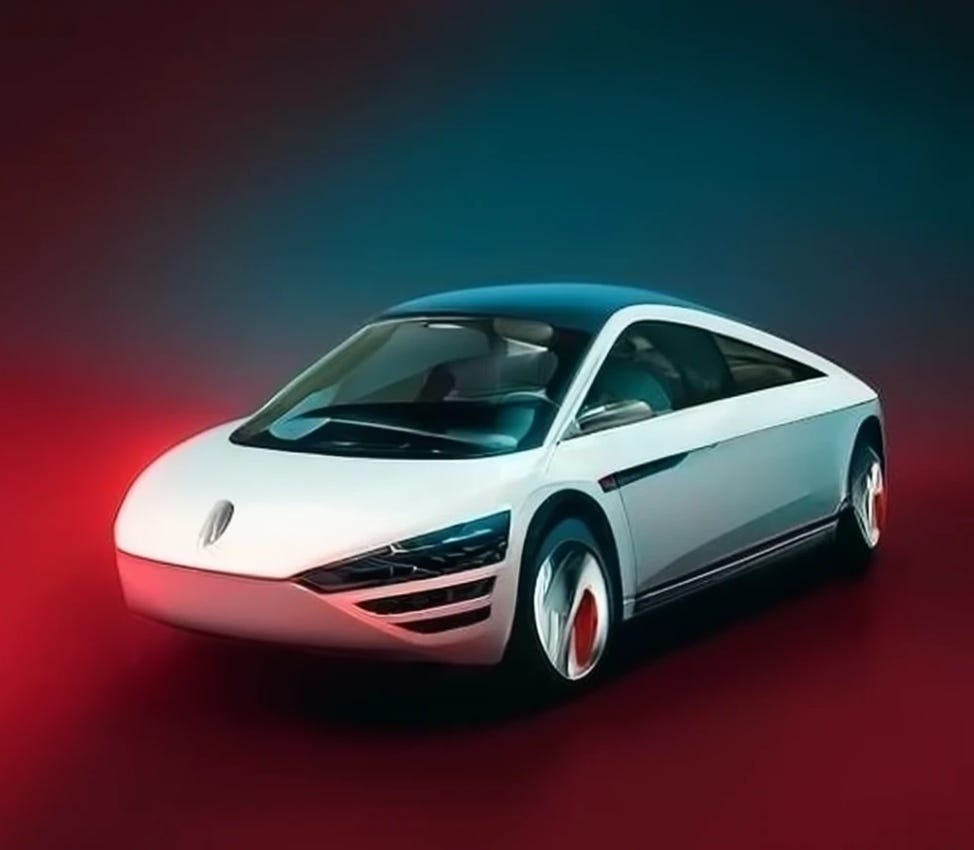The Race for Aerodynamics: Unveiling the Most Aerodynamic Car in History
Exploring the Engineering Feats and Innovations That Shaped Its Design
From Formula 1 racing to eco-friendly electric cars, aerodynamics plays a significant role in the design and performance of modern automobiles. It is the key factor that determines the efficiency and speed of a car, making it an essential element of automotive engineering. Over the years, carmakers have been striving to create the most aerodynamic car, experimenting with different designs and technologies to achieve their goal. In this article, we will explore the history of aerodynamics in cars and unveil the most aerodynamic car ever made. We will also delve into the engineering feats and innovations that shaped its design.
History of Aerodynamics in Cars:
The concept of aerodynamics in cars dates back to the early 20th century when engineers began to realize the significance of reducing air resistance to increase a car's speed and efficiency. The first car to incorporate aerodynamic features was the 1923 Rumpler Tropfenwagen, designed by Edmund Rumpler. The car's teardrop shape reduced drag and air resistance, resulting in a top speed of 75 mph, a significant achievement at the time.
In the 1930s, carmakers began to experiment with streamlined designs, and one of the most famous examples is the Bugatti Type 57 Atlantic, designed by Jean Bugatti. Its iconic shape, resembling a teardrop, reduced drag and air resistance, resulting in a top speed of 123 mph, making it one of the fastest cars of its time.
In the 1950s, carmakers began to use wind tunnels to test the aerodynamics of their designs, resulting in significant improvements in efficiency and speed. In 1955, the Mercedes-Benz 300 SLR, designed by Rudolf Uhlenhaut, won the Mille Miglia race with an average speed of 97.2 mph, thanks to its aerodynamic shape and lightweight design.
In the 1970s, carmakers began to experiment with ground effect, which refers to the use of underbody tunnels to generate downforce and increase stability at high speeds. One of the most successful examples is the 1978 Brabham BT46B "Fan Car," designed by Gordon Murray. Its unique design, which featured a fan to suck air from under the car, generated a significant amount of downforce, resulting in a victory in its first race.
The Most Aerodynamic Car Ever Made:
The most aerodynamic car ever made is the Volkswagen XL1, a limited production two-seater car that was unveiled in 2011. Its aerodynamic design, which resembles a teardrop, has a drag coefficient of just 0.19, making it the most aerodynamic car ever made. The car's lightweight construction, which uses carbon fiber reinforced polymer and aluminum, results in a curb weight of just 795 kg, making it incredibly fuel-efficient.
The XL1's aerodynamic design incorporates several engineering innovations, including a narrow front track, rear-wheel spats, and a rearview camera in place of traditional mirrors. The car also features a hybrid powertrain, which combines a 0.8-liter two-cylinder diesel engine with an electric motor, resulting in a total output of 68 hp and 103 lb-ft of torque. The XL1 can achieve a top speed of 99 mph and can travel up to 31 miles on electric power alone.
Engineering Feats and Innovations:
The XL1's aerodynamic design incorporates several engineering feats and innovations that have contributed to its record-breaking performance. One of the key features is its narrow front track, which reduces the car's frontal area and air resistance. The car's teardrop shape also plays a significant role in reducing drag, with a pointed front and tapered rear.
Another innovative feature of the XL1's design is the use of rear-wheel spats, which cover the rear wheels to reduce turbulence and drag. The spats also create a smooth surface that directs air towards the car's rear, generating downforce and improving stability at high speeds.
The XL1 also incorporates a rearview camera in place of traditional mirrors, reducing the car's frontal area and further improving aerodynamics. The camera provides a high-resolution image on a display screen in the cabin, improving visibility and reducing blind spots.
In addition to its aerodynamic design, the XL1 also features a hybrid powertrain that combines a diesel engine with an electric motor. The car can operate on electric power alone, resulting in zero emissions and an incredibly low carbon footprint. The XL1's hybrid powertrain also contributes to its impressive fuel efficiency, with a combined fuel economy rating of 261 mpg.
The Volkswagen XL1 is the most aerodynamic car ever made, with a drag coefficient of just 0.19, making it incredibly efficient and fuel-efficient. Its aerodynamic design incorporates several engineering feats and innovations that have contributed to its record-breaking performance, including a teardrop shape, rear-wheel spats, and a rearview camera in place of traditional mirrors. The XL1's hybrid powertrain also contributes to its efficiency and sustainability, with a combined fuel economy rating of 261 mpg.
Over the years, carmakers have been striving to create the most aerodynamic car, experimenting with different designs and technologies to achieve their goal. The Volkswagen XL1 is a testament to the engineering ingenuity and innovation that goes into creating a car that is both efficient and high-performing. As the automotive industry continues to evolve, we can expect to see more innovations and advancements in aerodynamics, driving towards a more sustainable and efficient future for the automobile.







